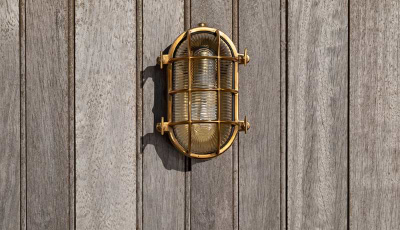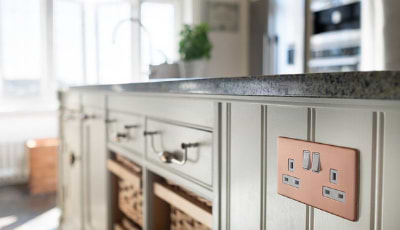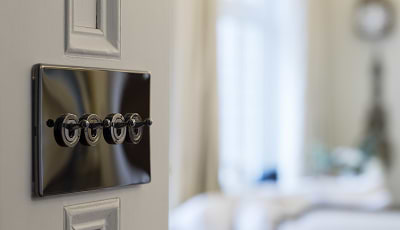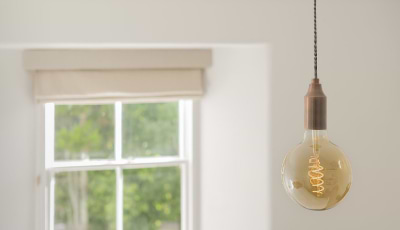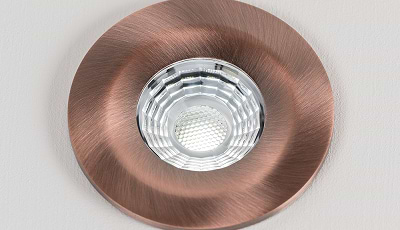Elesi Blog
Lighting Guides & Interior Design Tips
-
Mood Lighting
Using your lighting scheme to create atmosphere is called 'mood lighting'. Traditionally this can be done in a number of ways which we will explore... -
Types of Outdoor Lighting
We explore the different types of outdoor lighting to get your outdoor space, summer ready. -
What Sockets Do I Need?
Whether you're in the process of an electrical overhaul or wanting to freshen up some of your electrical points, it can be overwhelming knowing what... -
Black Nickel Sockets & Switches: The Complete Guide
Black nickel is one of the most common and popular finishes for sockets and switches. It is often seen in modern or contemporary decors, and... -
What Makes A Good LED Bulb?
LED bulbs bring a whole host of benefits to your lighting setup at home, from reduced bills and energy usage to the environmental advantages as... -
What Colours Go With Gold?
If you're looking to add golden accents to your home, we explore the different colours that go well with gold. -
What Makes A Good Downlight?
To help you with your next downlighting purchase, we discuss the things that make a good downlight, and the specifics to look for. -
What Is Anthracite Finish?
If you're not sure whether anthracite is the right finish for your home, we explore exactly what it is and how you can incorporate it into your home. -
Introducing High CRI LED Downlights from Soho Lighting
In this blog post, We look at the new range of High CRI LED Downlights from Soho Lighting




